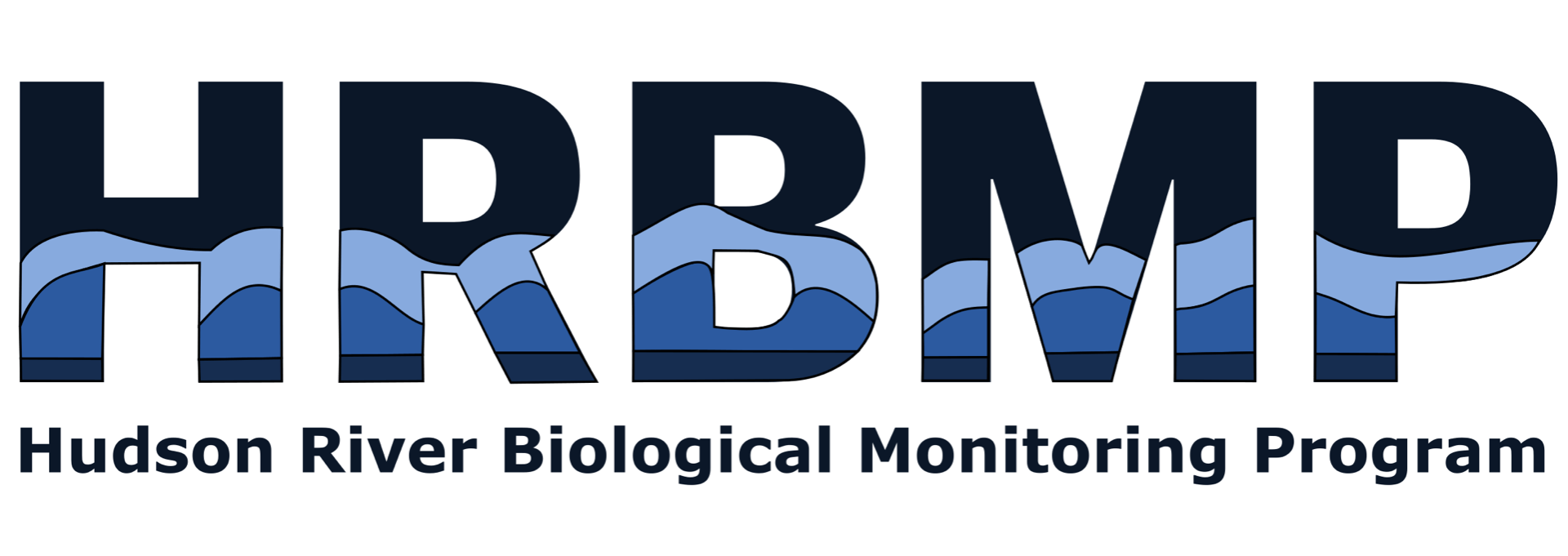Analyzing the historical Hudson River Biological Monitoring Program to develop an integrated program for long-term monitoring of Hudson River ecosystem dynamics
The Hudson River (HR) ecosystem provides critical habitats for many key fish species of economical, ecological and social importance in the northwest Atlantic. Like many ecosystems in the regions, the HR ecosystem has been experiencing large changes over the last several decades under multiple stressors induced by climate changes and anthropogenic activities. Hudson River Biological Monitoring Program (HRBMP), dated back to the 1970s with all the data and samples donated to Stony Brook University in 2019, targets early life history stages of fishes and water quality which have not been fully evaluated and analyzed, but can provide a unique opportunity to evaluate long-term changes in the HR ecosystem and identify how changes are influenced by environmental and anthropogenic drivers. The HRBMP was terminated in 2020 after the closure of the Indian Point Nuclear Power Station in Hudson River, resulting in loss of our ability in monitoring the changes of this important ecosystem in a very dynamic time period. We propose to analyze the historical HRBMP data and samples that are denoted to Stony Brook University and curated by the PI to develop a next generation of integrated monitoring program (HRBMP-II).
The HRBMP-II would be an integrated and adaptable ecosystem monitoring program that can detect gradual and abrupt shifts in physical, chemical, and biological drivers, and the system’s responses to them, across multiple trophic levels. The HRBMP-II would provide the data and samples needed to identify ecosystem threats, understand impacts of existing and emerging stressors, and inform and evaluate management decisions. In order to create this next generation survey program, the original needs to be looked through a new lens to to identify its key components and what could be improved upon.
This project is funded by Stony Brook’s Office of the Vice President for Research.
Development of comprehensive metadata records for the historical HRBMP datasets
Hudson River Biological Monitoring Program (HRBMP) is a comprehensive long-term large-scale survey program covering the Hudson River ecosystem from Battery Park to Albany. The program includes the six core surveys continuously conducted from 1974 through 2017. The three major river-wide fish surveys (i.e., LRS, FJS and BSS) follow random stratified survey design consistently over their survey period, although many technical changes occurred during the surveys to address various issues encountered in the survey (e.g., logistic limitations, modified survey goals, and addressing specific topics). A large quantity of variables are measured in the surveys. The biological information collected for each of these variables is program-, location-, time (year, week, day/night)-, tow-, sampling-gear-, species-, and life history-stage-specific. The associated water quality data are also time- and location-specific. The complexity of the current database structure, changes in survey programs over time and caveats associated with the compiled data make it difficult, if not impossible, for a regular user to appropriately use the HRBMP data without spending a significant amount of time. The development of a metadata, which properly documents all the variables, their relevant background information and spatio-temporal coverage, can help the potential users better understand the HRBMP and encourage a wider utilization of the historical HRBMP database to address scientific and management questions.
This project is funded by the Hudson River Foundation.
Development of a clean and standardized Long River Survey data set for stakeholders to access upon request
Although the overall survey design is more or less stable, HRBMP experienced large and frequent changes in survey protocol because of needs to address new rising issues and logistic limitations over its survey period from 1974 to 2019. For example, the Long River Survey (LRS) changed greatly in survey timing (day vs night). These changes raised significant difficulty in the use and interpretation of the data because changes in sampling protocols changed catchability of the survey gears, making the data incomparable over time and space.
This project aims to address the following goals (1) evaluate and identify key issues that may prevent the proper use and difficult interpretation of the HRBMP data; (2) model and quantify possible consequence for not considering/correcting/standardizing the issues identified in (1) in using the data (e.g., in developing fish abundance indices, evaluating spatio-temporal distribution, defining fish community structure and dynamics; and studying fish life history and phenology); (3) explore appropriate modeling approaches to remove the impacts and standardize the data to make them comparable over time and space; and (4) develop a “calibrated” dataset which has been corrected for changing survey protocols and comparable over time and space. Using the “calibrated” data, we will provide summary statistics and data products including design-based and model-based abundance indices and spatio-temporal distributional heatmaps for all the key species.
This project is funded by the Hudson River Foundation.

Hudson River at Indian Point, HRBMP photo archives
